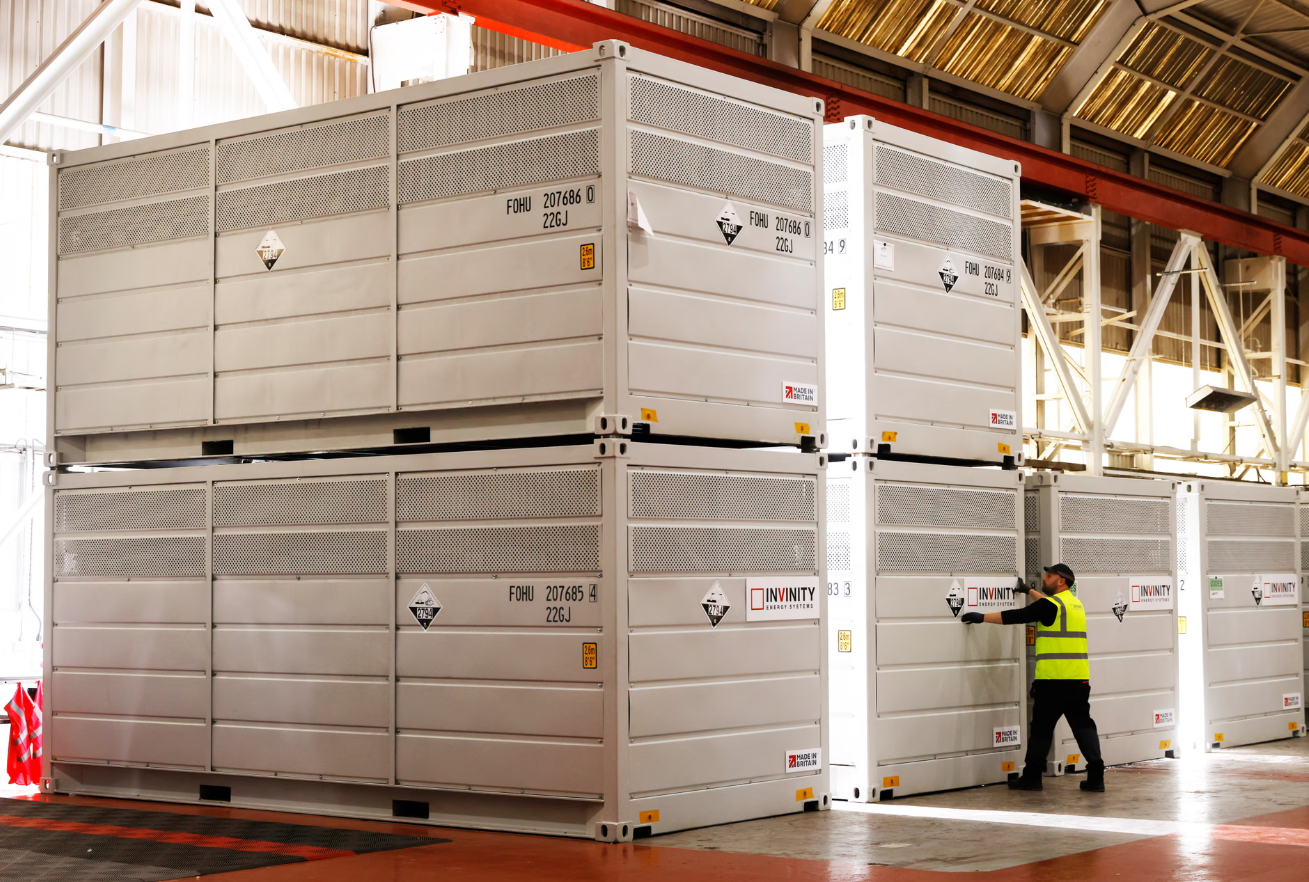Mastering Household Safety: Essential Rules for the Safe Use of Household Chemicals
In our daily lives, household chemicals play a vital role in maintaining cleanliness, hygiene, and overall comfort. However, the improper use of these substances can lead to serious health risks and environmental hazards. Understanding the rules for the safe use of household chemicals is crucial for every homeowner. This article delves into the essential guidelines that ensure safety while maximizing the effectiveness of these products.
Understanding Household Chemicals
Household chemicals encompass a wide range of products, including cleaners, disinfectants, pesticides, and personal care items. Each of these substances contains specific active ingredients designed to perform particular functions, such as killing germs, removing stains, or repelling pests. However, many of these chemicals can be hazardous if not handled correctly.
Rule #1: Read Labels Thoroughly
The first step in ensuring safe use is to read the labels of all household chemicals. Labels provide critical information, including:
- Active Ingredients: Understanding what chemicals are present helps you gauge potential risks.
- Usage Instructions: Follow the recommended application methods and dosages to avoid overuse or misuse.
- Safety Warnings: Look for hazard symbols and precautionary statements that indicate potential dangers, such as flammability or toxicity.
Rule #2: Use Personal Protective Equipment (PPE)
When handling household chemicals, it’s essential to protect yourself from potential exposure. Depending on the chemical, this may include:
- Gloves: Protect your skin from irritants and corrosive substances.
- Goggles: Shield your eyes from splashes and fumes.
- Masks: Prevent inhalation of harmful vapors or dust.
Always ensure that your PPE is appropriate for the specific chemical you are using.
Rule #3: Ensure Proper Ventilation
Many household chemicals release volatile organic compounds (VOCs) that can accumulate in enclosed spaces, leading to respiratory issues and other health problems. To mitigate this risk:
- Open Windows: Allow fresh air to circulate while using chemicals.
- Use Exhaust Fans: Activate kitchen and bathroom fans to help disperse fumes.
- Limit Use in Small Spaces: Avoid using potent chemicals in confined areas without adequate ventilation.
Rule #4: Store Chemicals Safely
Proper storage of household chemicals is crucial to prevent accidental exposure or poisoning. Follow these guidelines:
- Keep Out of Reach of Children: Store chemicals in high cabinets or locked storage areas.
- Use Original Containers: Always keep chemicals in their original packaging to avoid confusion and ensure that safety information is readily available.
- Avoid Mixing Chemicals: Some combinations can produce toxic gases (e.g., bleach and ammonia). Always use one product at a time and rinse surfaces thoroughly before switching.
Rule #5: Dispose of Chemicals Responsibly
Improper disposal of household chemicals can harm the environment and public health. To dispose of chemicals safely:
- Follow Local Regulations: Check with local waste management authorities for guidelines on hazardous waste disposal.
- Use Designated Drop-off Locations: Many communities offer special collection events for hazardous materials.
- Never Pour Chemicals Down the Drain: This can contaminate water supplies and harm aquatic life.
Rule #6: Educate Yourself and Others
Knowledge is power when it comes to the safe use of household chemicals. Take the time to educate yourself and your family about the risks associated with these products. Consider the following:
- Attend Workshops: Many local health departments offer workshops on chemical safety.
- Share Information: Discuss safe practices with family members, especially children, to instill good habits early on.
- Stay Informed: Keep up with new research and guidelines regarding household chemicals and safety practices.
Conclusion
The safe use of household chemicals is a shared responsibility that requires awareness, education, and adherence to established guidelines. By following these essential rules, you can protect yourself, your family, and the environment from the potential hazards associated with these products. Remember, safety is not just about using chemicals correctly; it’s about fostering a culture of awareness and responsibility in your home. Embrace these practices, and you’ll create a safer, healthier living space for everyone.

